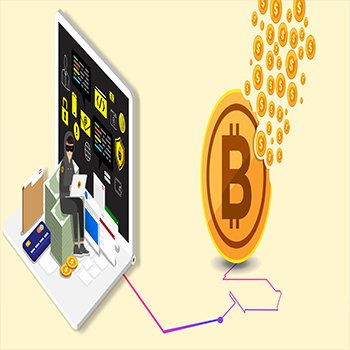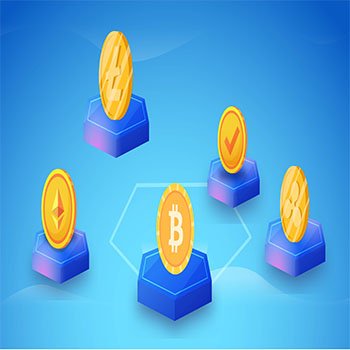DAPP
DAPP
- A dApp has a decentralized pair-to-peer network with its backend programming. Contrast that to an app that works on centralized servers with the backend code.
- A dApp can have front code and user interfaces written to its background in a language (such as an app). It can also be hosted at the front end of a decentralized storage facility like IPFS.
- Decentralized (dApp) apps are applications running on blockchain networks. It may be developed for many scenarios in the actual world. While dApps might look in terms of user experience (UX) comparable to web apps, their backend operations differ. In contrast to utilizing the central HTTP protocol to communicate; decentralized apps avoid central servers to operate in a distributed and peer-to-peer way (P2P).
- The DApps aim to tackle a variety of problems with older apps. The main advantage of a DApp over a traditional app is that it has a centralized design, keeping its data on controlled servers of one company. This means that they are faulty and prone to technological difficulties and malevolent assaults.
- A hacked, centralized server can download and temporarily or permanently useless the whole application network. In addition, centralized systems may suffer from data leakage or robbery, jeopardizing organizations and individual users.
- A wide selection of DApps is available with various applications. It can involve gambling, social networking sites, Bitcoin wallets, and finance (DeFi).
- Decentralized apps provide a tokenized mechanism to power your own activities (digital tokens created through the use of smart contracts). The Tokens may have a specialized application, or they may come from the blockchain that host the DApp, like in the case of the CryptoKitties using ether.
Top Case Studies You May Like






